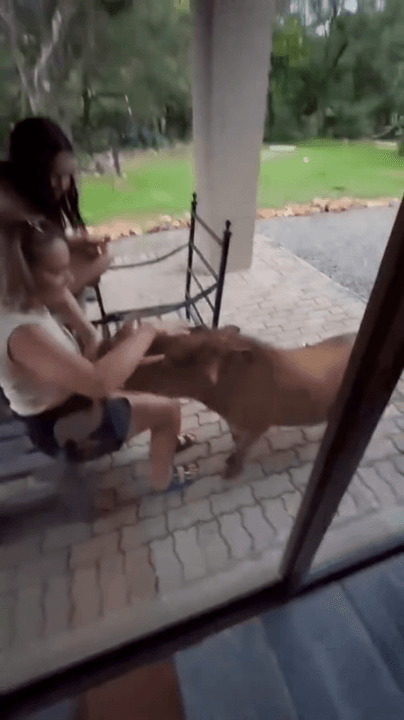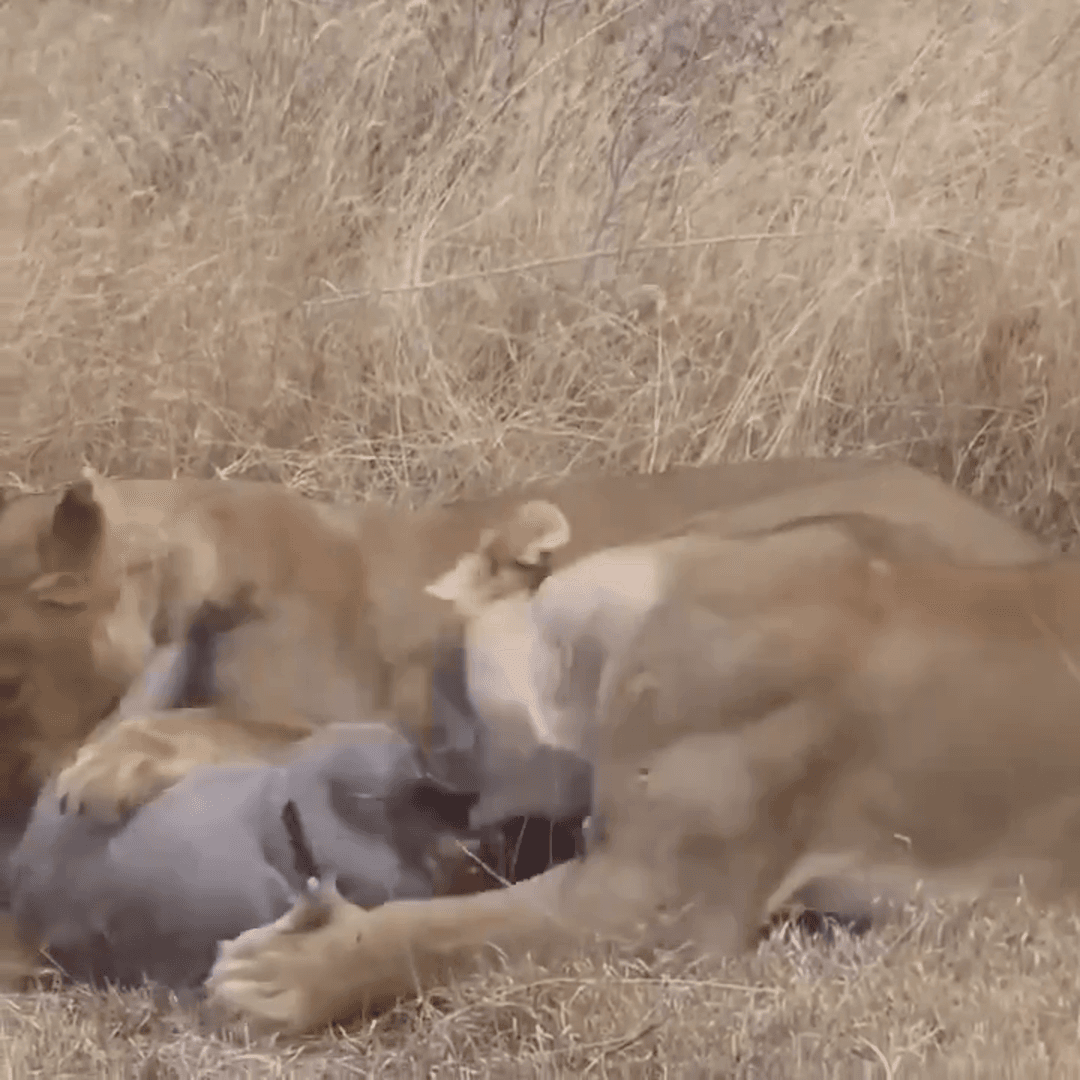
Warthog Hunting in Africa: A Comprehensive Guide for Hunters Warthogs – those tough, tusked members of the pig family – are a popular and challenging quarry for hunters in Africa. Their resilience, alertness, and widespread distribution make them an exciting target. This guide covers essential aspects of warthog hunting, ensuring you're well-prepared for a successful hunt. Warthog Overview Scientific Name: Phacochoerus africanus Habitat: Savannahs, grasslands, and woodlands across sub-Saharan Africa. They prefer areas with open grazing and access to water. Appearance: Distinctive for their warty facial growths and impressive tusks (particularly in males). They are typically grey/brown in color. Size/Weight: Adults typically weigh between 130-265 pounds. Behavior: Warthogs are diurnal, meaning they're active during the day. They live in family groups and retreat into burrows at night for protection. Hunting Methods Spot and Stalk: This is the most common method. Hunters glass open areas from a distance, locate warthogs, and then carefully stalk them on foot, using available cover. Requires patience and good field skills. Blind/Ambush Hunting: Setting up near waterholes or feeding areas can be effective, especially during dry seasons. Requires knowing their travel routes. Driven Hunts: Less common for warthogs, but possible in some areas. Involves driving animals towards a line of hunters. Where to Hunt Warthogs in Africa South Africa: Offers abundant warthog populations and a well-developed hunting infrastructure. Limpopo Province, North West Province, and KwaZulu-Natal are popular regions. Namibia: Known for its vast open landscapes and free-range hunting opportunities. Zimbabwe: Offers challenging hunting in diverse habitats. Tanzania: Warthogs are common in many game reserves and hunting concessions. Botswana: Offers remote and wild hunting experiences. Mozambique: Emerging as a hunting destination, with good warthog populations in some areas. Hunting Season The hunting season generally aligns with the dry season, which varies by region but typically runs from May/June to October/November. During the dry season, vegetation is thinner, making warthogs easier to spot. Water sources become more concentrated, making ambush hunting more effective. Check local regulations for specific dates. Legal Requirements and Permits Hunting regulations vary by country and region. You will need: Hunting License: Required in all hunting areas. Permits: Some areas may require specific permits for warthogs. Firearm Permits: Strict regulations apply to bringing firearms into African countries. Apply well in advance. Recommended Firearms and Ammunition Caliber: Warthogs are not particularly large or tough, but you still want adequate stopping power. Popular calibers include .243 Winchester, .270 Winchester, .308 Winchester, and .30-06 Springfield. Bullet Weight/Type: Use a well-constructed bullet with good penetration. A bullet weight appropriate for your chosen caliber is essential for humane kills. Shot Placement: Aim for the vital organs – heart/lungs. A well-placed shot is far more important than the size of the caliber. Essential Gear Rifle and Ammunition Binoculars: High-quality binoculars are essential for spotting game. Rangefinder: Accurate range estimation is crucial for ethical shots. Hunting Knife: For field dressing. Comfortable Boots: You'll be doing a lot of walking. Appropriate Clothing: Lightweight, breathable clothing in neutral colors. Sunscreen and Insect Repellent: Essential for protection. First-Aid Kit: A well-stocked kit for minor injuries. Hunting Costs Warthog hunting costs vary depending on the location, outfitter, and duration of the hunt. Expect to pay: Daily Rates: Typically range from $250-$500 per day, including accommodation, meals, and guiding. Trophy Fees: Warthog trophy fees usually range from $150-$500 per animal. License and Permit Fees: These vary by country and region. Airfare and Travel Expenses: Factor in the cost of flights, transfers, and accommodation before and after the hunt. Taxidermy and Shipping: If you plan to mount your trophy, budget for taxidermy and shipping costs. What Happens to the Trophy? Taxidermy: You can have your warthog mount professionally done in Africa or ship the cape and skull back to your home country for taxidermy. Meat: Warthog meat is edible and can be a welcome addition to camp meals. Export: Obtain the necessary permits for exporting your trophy legally. Your outfitter will typically assist with this process. Ethical Considerations Fair Chase: Hunt warthogs in a manner that respects the animal and adheres to fair chase principles. Shot Placement: Ensure a clean, ethical kill by aiming for the vital organs. Respect Local Laws: Abide by all hunting regulations and permit requirements. Conservation: Support sustainable hunting practices that contribute to wildlife conservation. Finding a Reputable Outfitter Research: Thoroughly research potential outfitters. Read reviews and testimonials. References: Ask for references from previous clients. Experience: Choose an outfitter with experience hunting warthogs in the specific area. Ethics: Ensure the outfitter adheres to ethical hunting practices. Conclusion Warthog hunting in Africa is a rewarding experience that combines adventure, skill, and the thrill of the chase. By understanding their habits, choosing the right equipment, and respecting ethical hunting principles, you can increase your chances of a successful and memorable hunt. #Warthog #hunting #Africa https://m.uh.app/news/rhino-hunting-in-africa-a-comprehensive-guide-for-the-experienced_k43l8PrLEe-i0J2pt1qbRg
Post: 7 March 21:09
















































